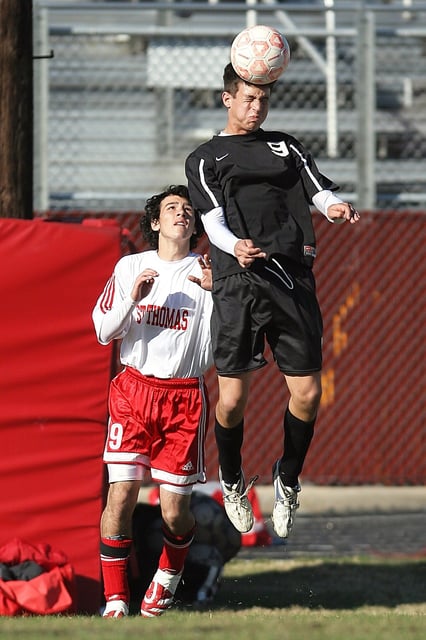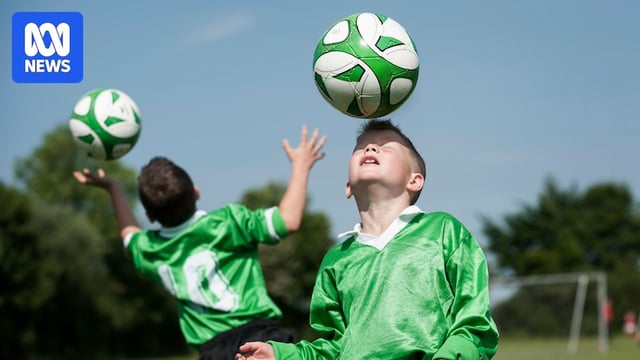Overview
- A randomized controlled trial using MRI at Neuroscience Research Australia found 15 male players who headed a ball 20 times in 20 minutes experienced measurable shifts in brain microstructure and chemistry
- Blood tests detected elevated GFAP and NFL biomarkers associated with brain injury and future dementia risk despite no immediate cognitive impairment
- This experiment represents the first use of MRI to isolate the acute effects of non-concussive soccer headers in a controlled setting
- Investigators advise reducing heading frequency in training sessions and are exploring protective measures such as targeted nutrition and cannabinoids
- Football Australia has launched a review of youth heading guidelines, joining the US and UK in phasing in age-based restrictions to shield young players

